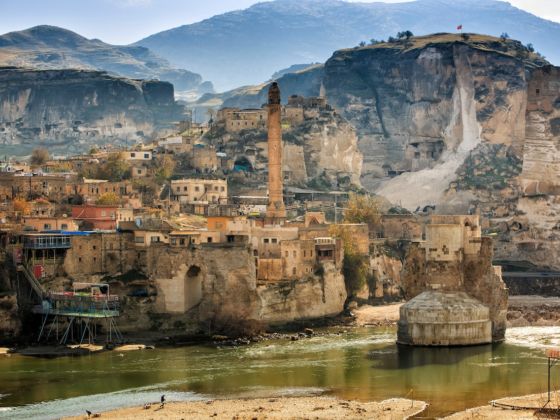A dam project in Turkey is stirring controversy with its plans to flood the ancient village of Hasankeyf, one of the world’s oldest continuously inhabited settlements. Built on the banks of the Tigris River, Hasankeyf is a living museum chronicling 12,000 years of human history with its Neolithic cave network, cliff-carved churches and mosques, centuries-old citadel, tombs, and medieval bridge spanning the river. It’s currently home to some 3,000 people who face displacement as the Turkish government seeks to build a massive dam across the Tigris.


Turkey to Flood 12,000-Year-Old Settlement for Dam Project
The project was first proposed in the 1950s, but it was in 2006 that work officially began on the Ilisu Dam and hydroelectric power plant. Now, the dam is nearly finished, which means trouble for the area’s inhabitants. Hasankeyf is one of 199 settlements that will be submerged due to the reservoir created by the dam. The Turkish government has given residents roughly one month to evacuate. In total, around 80,000 people are expected to be driven from their homes, not to mention the vulnerable species and archaeological relics being threatened.
There’s been pushback against the dam since its conception. The year it broke ground also saw the creation of the Initiative to Keep Hasankeyf Alive, a grassroots campaign that has united national activists and organizations in protest of the dam. Activists have appealed to the Turkish government to pursue protected status for the ancient village, but their requests have been denied. As the project carries forward, the residents of Hasankeyf and its neighboring settlements are left only to wonder when, exactly, their homes will be destroyed.